237 Resources

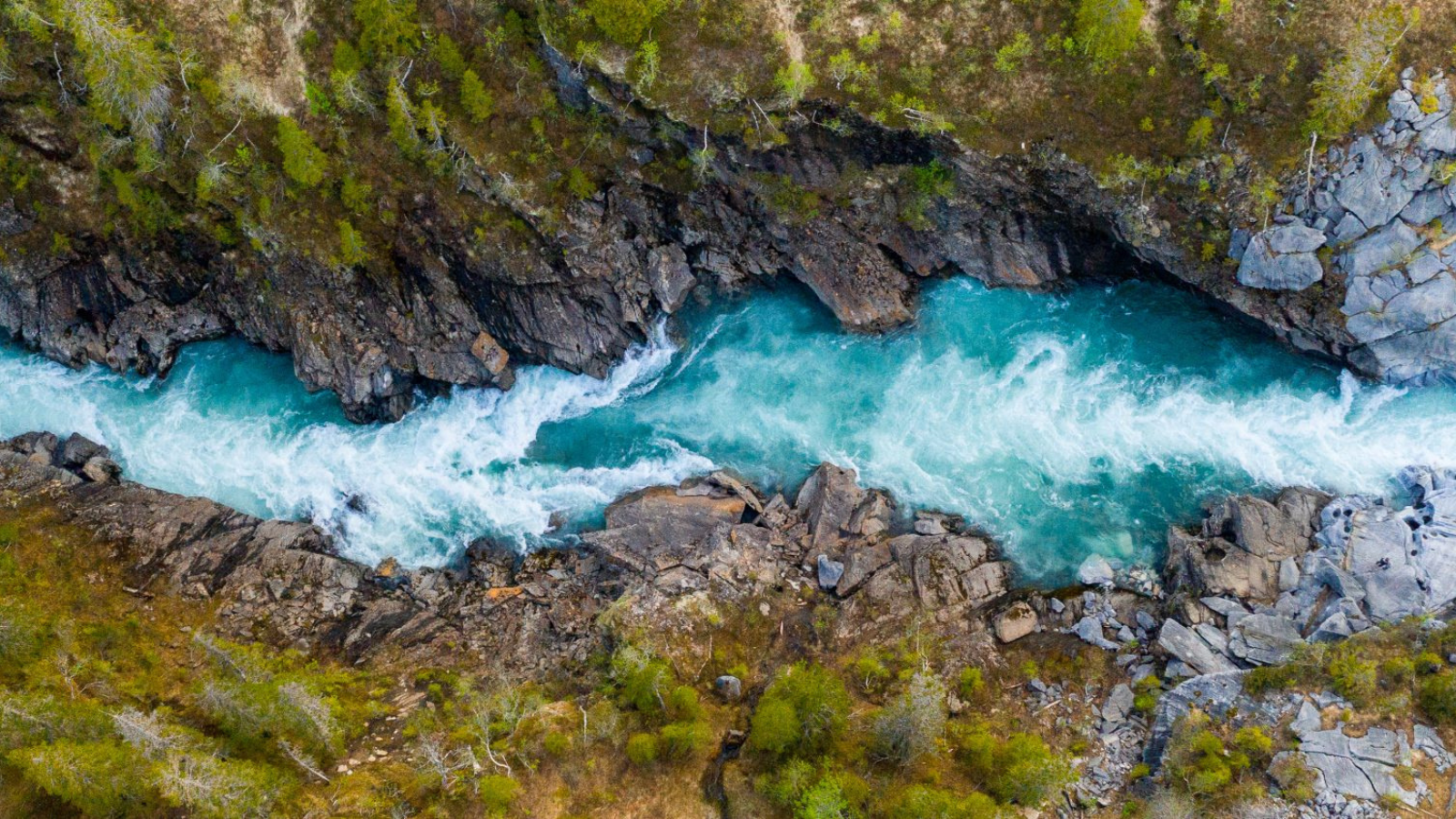
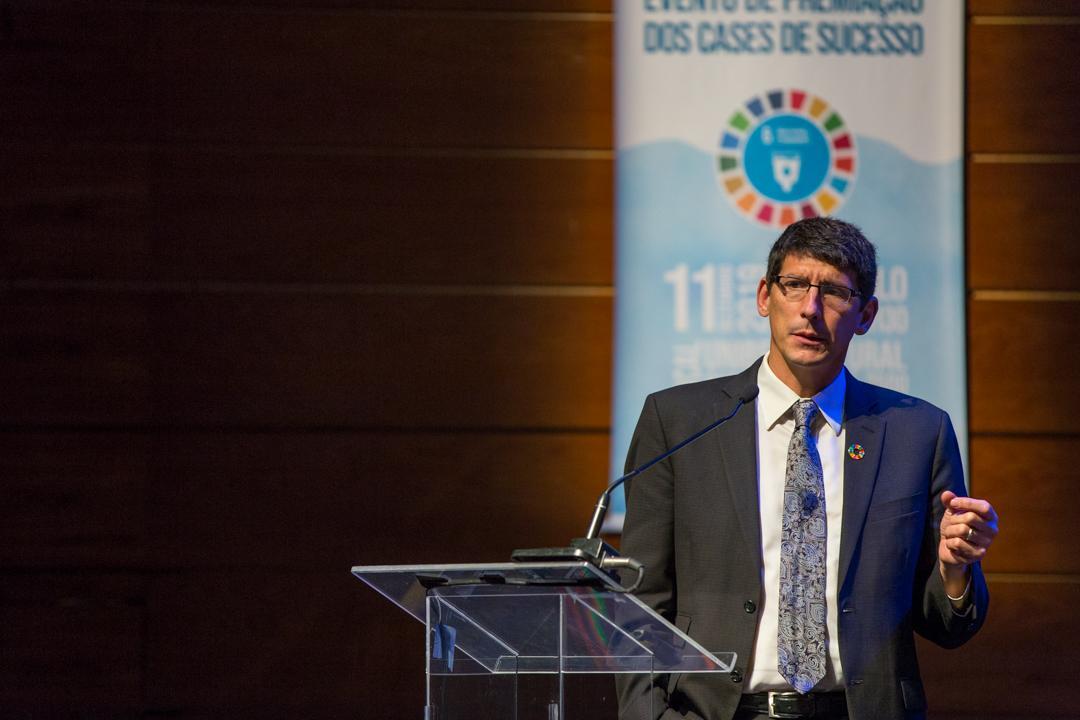
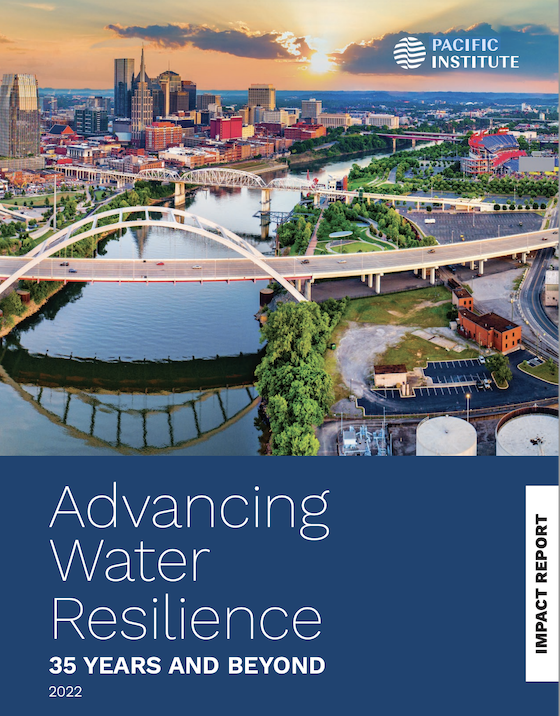
Pacific Institute 2022 Impact Report
September 11, 2023 | publication
Reflecting on our 35th year, the Pacific Institute continued its dedication to addressing pressing water issues through rigorous, science-based research and policy analysis. In the face of environmental and geopolitical crises, including extreme droughts, increasing water scarcity, and unprecedented flooding events, our mission became even more vital. Highlights of the year included the launch of numerous research reports & tools, lauding a US$250 million commitment for both the Colorado River Basin and the Salton Sea, and the initiation of a national Water and Climate Equity strategy. Our global impact was underscored by our significant participation in events such as the Stockholm World Water Week, the World Economic Forum annual meeting, and COP27. With the CEO Water Mandate welcoming 38 new endorsing companies, we continued to amplify corporate water stewardship when it's needed the most.

Reimagining Water Infrastructure in a Changing California
April 4, 2023 | publication
In the article, Pacific Institute Director of Research Heather Cooley, emphasizes that water is a crucial resource for California, supporting its population, ecosystems, agriculture, and economy.
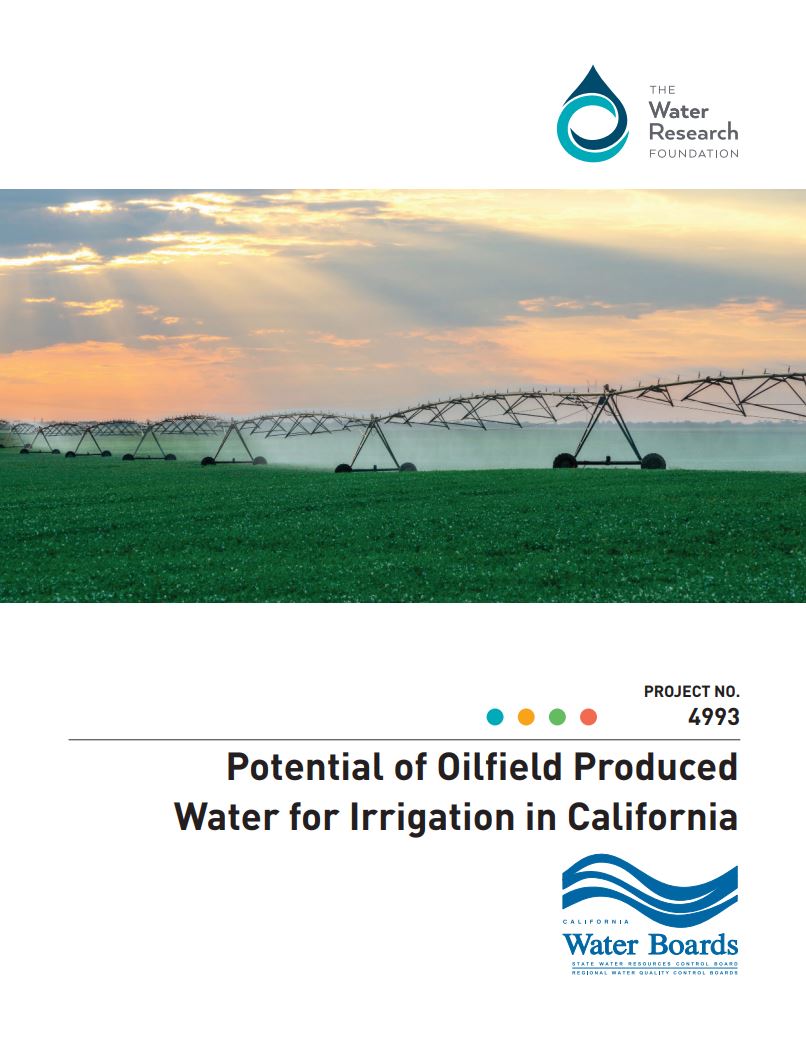
Potential of Oilfield Produced Water for Irrigation in California
January 9, 2023 | publication
Facing the increasing severity of droughts due to climate change and ongoing depletion of groundwater, this project investigates the potential of Oilfield Produced Water (OPW) for agricultural irrigation.
Pacific Institute’s Michael Cohen Issues Statement Regarding Imperial Irrigation District’s Approval of Landmark Salton Sea Agreement
November 29, 2022 | announcement
Imperial, California — November 29, 2022 — At a special meeting that started late this afternoon, the Imperial Irrigation District’s (IID’s) Board of Directors voted to approve a landmark agreement with the federal and state governments known as the “Commitment to Support Salton Sea Management Related to Water Conservation in the Lower Colorado River Basin at the Salton Sea.”
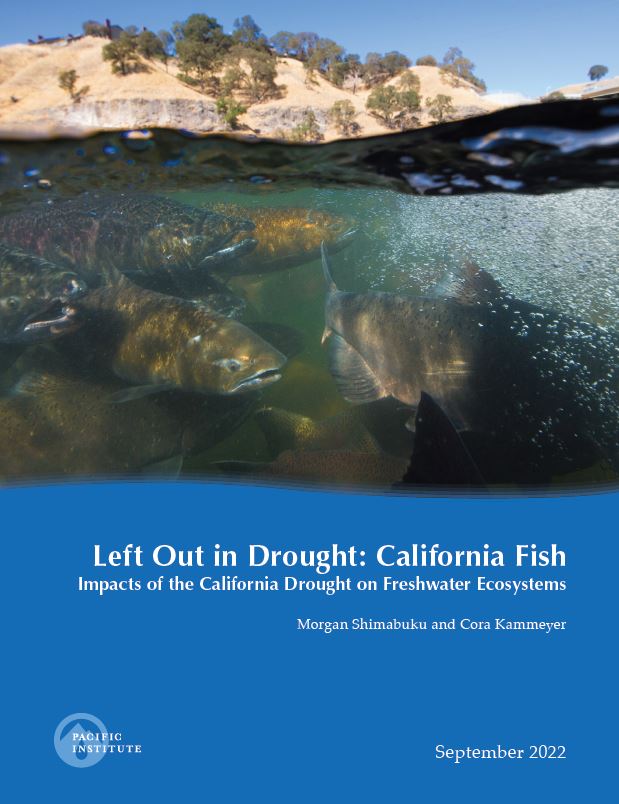
Left Out in Drought: California Fish
September 7, 2022 | publication
More than 97% of California is now experiencing severe drought. While California is known for extreme hydrologic variability, climate change has increased the severity and frequency of droughts significantly intensifying the crisis many fish species face.

California non-functional turf irrigation ban provides businesses an opportunity to step up on sustainability
June 9, 2022 | post
A new ban on non-functional turf irrigation in California—part of recently announced emergency drought regulations—provides a unique opportunity for California’s business community to demonstrate sustainability leadership through proactive drought response.
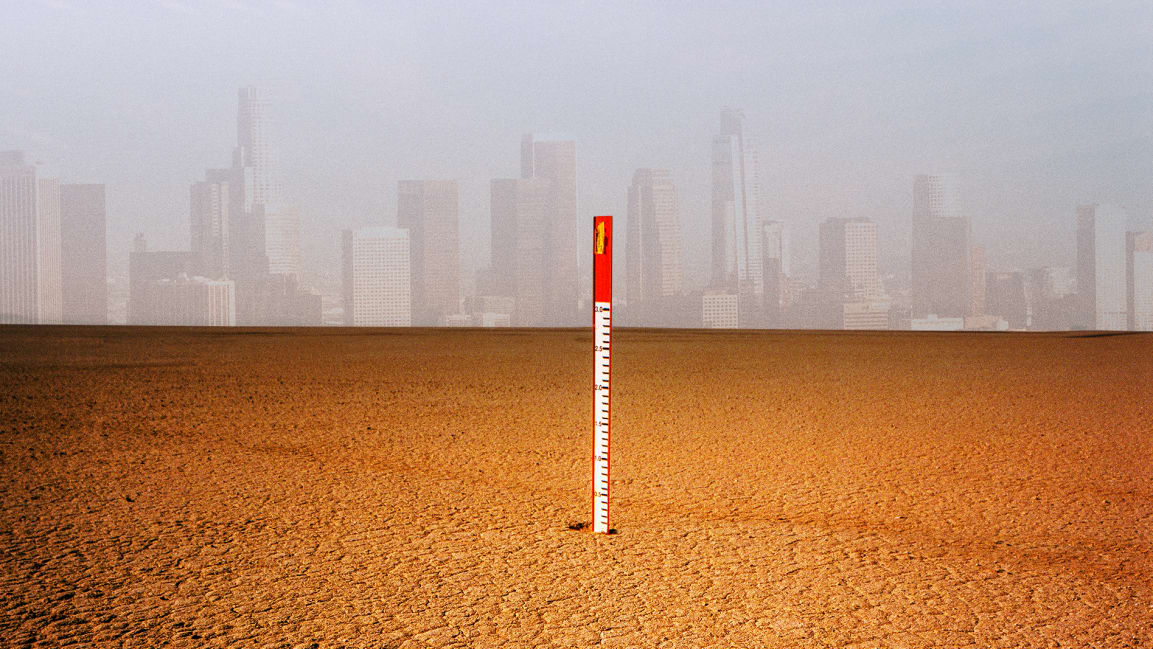
In the Face of Megadroughts, L.A. is Transforming How it Uses Water
May 2, 2022 | news

To Survive Drought, Parts of SoCal Must Cut Water Use by 35%. The New Limit: 80 Gallons a Day
April 30, 2022 | news
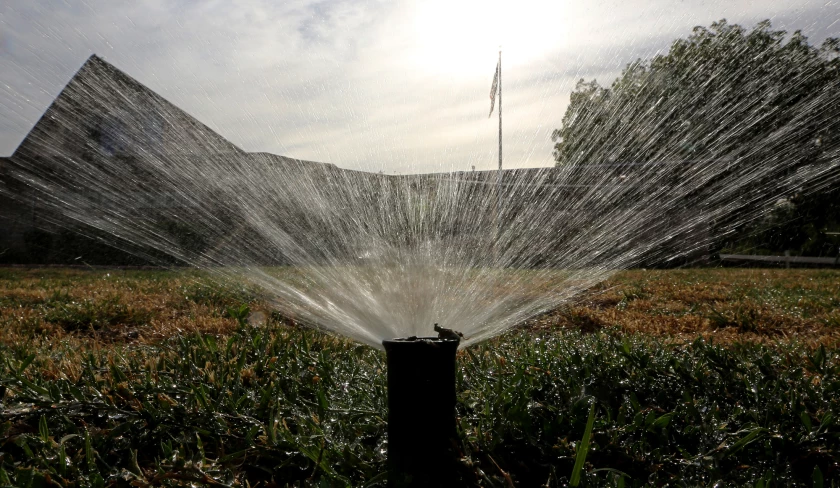
More Water Restrictions are Coming to Southern California. How to Conserve.
April 26, 2022 | news
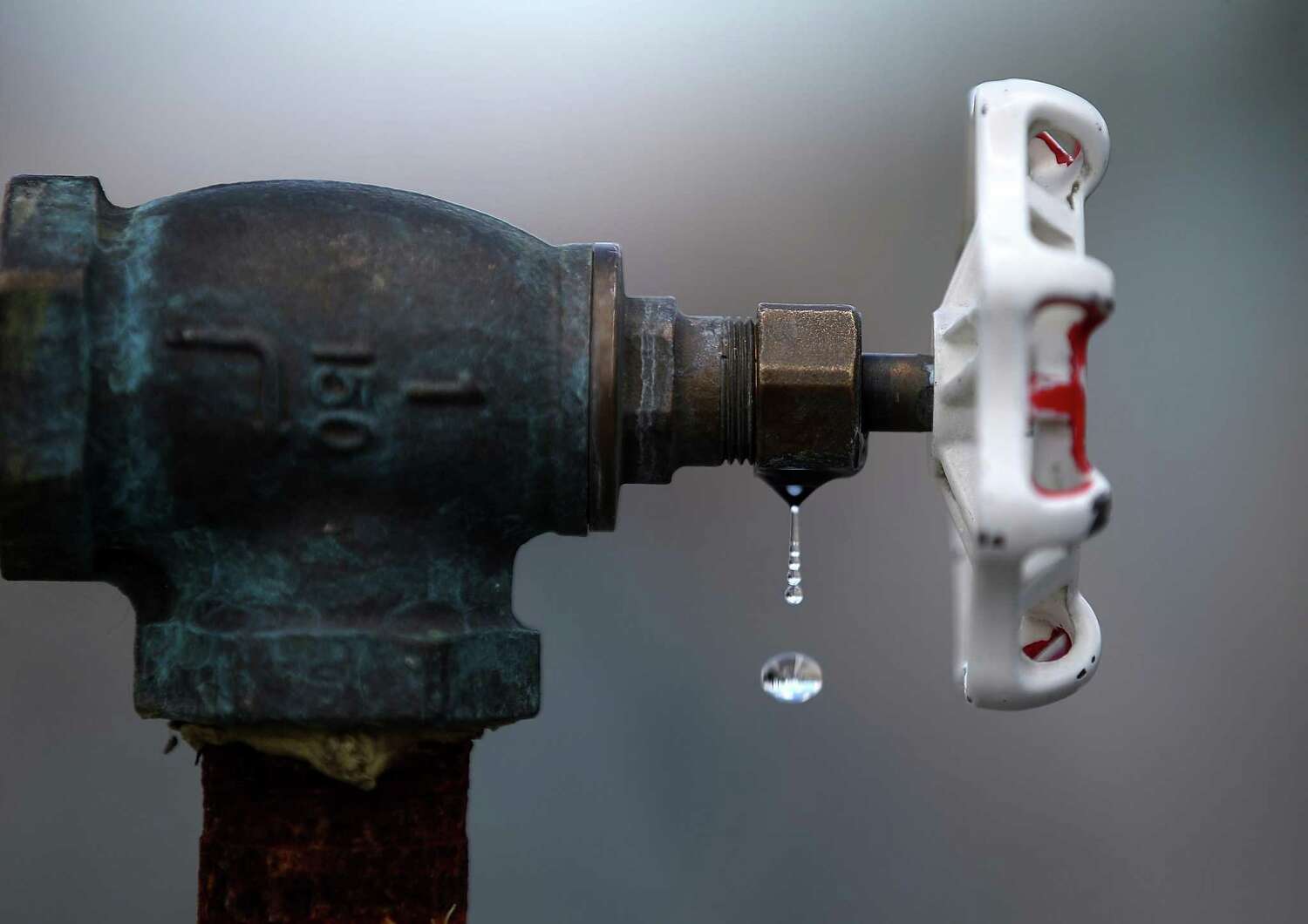
New East Bay Water Restrictions: What Residents Need to Know
April 26, 2022 | news
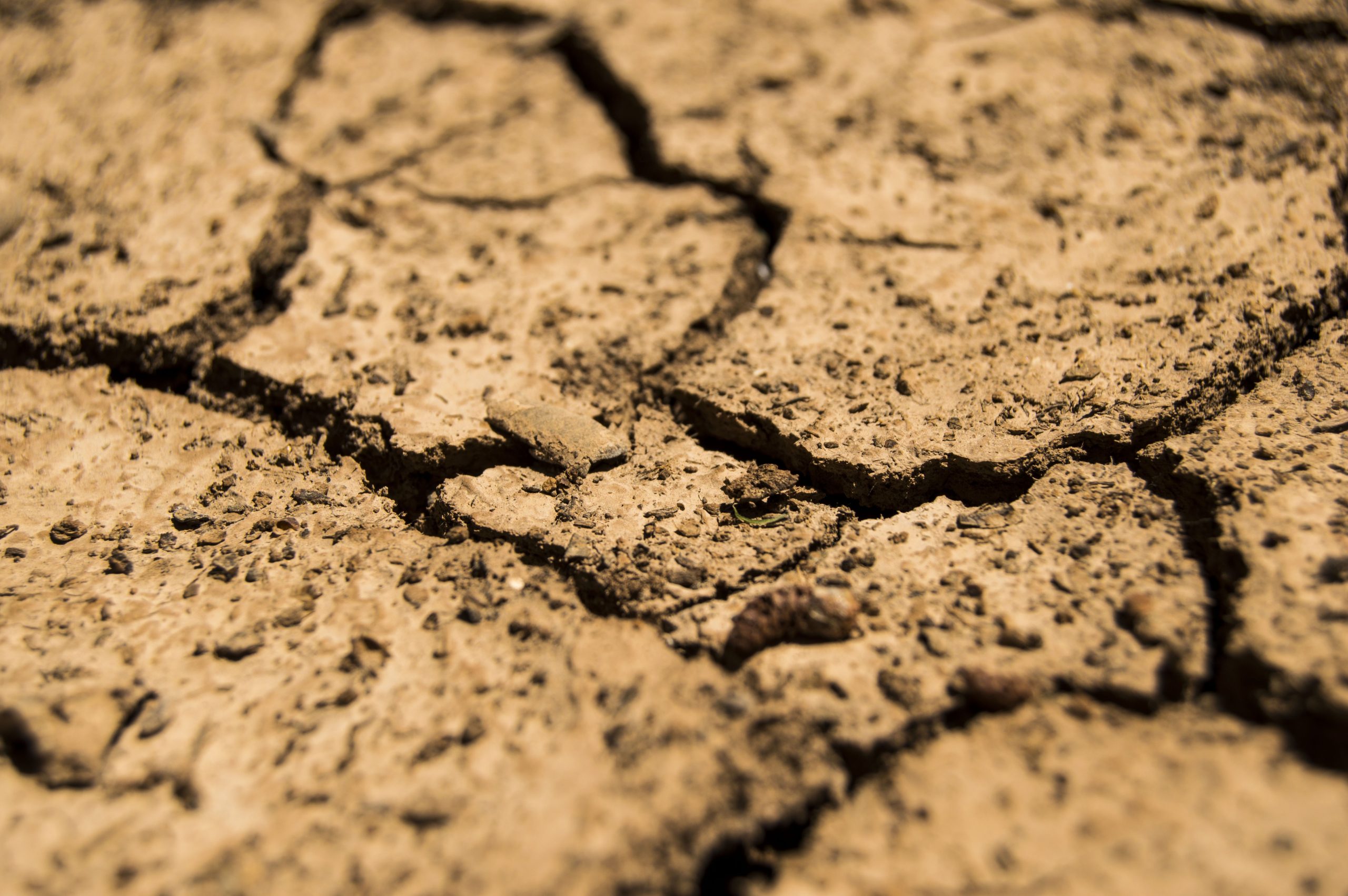
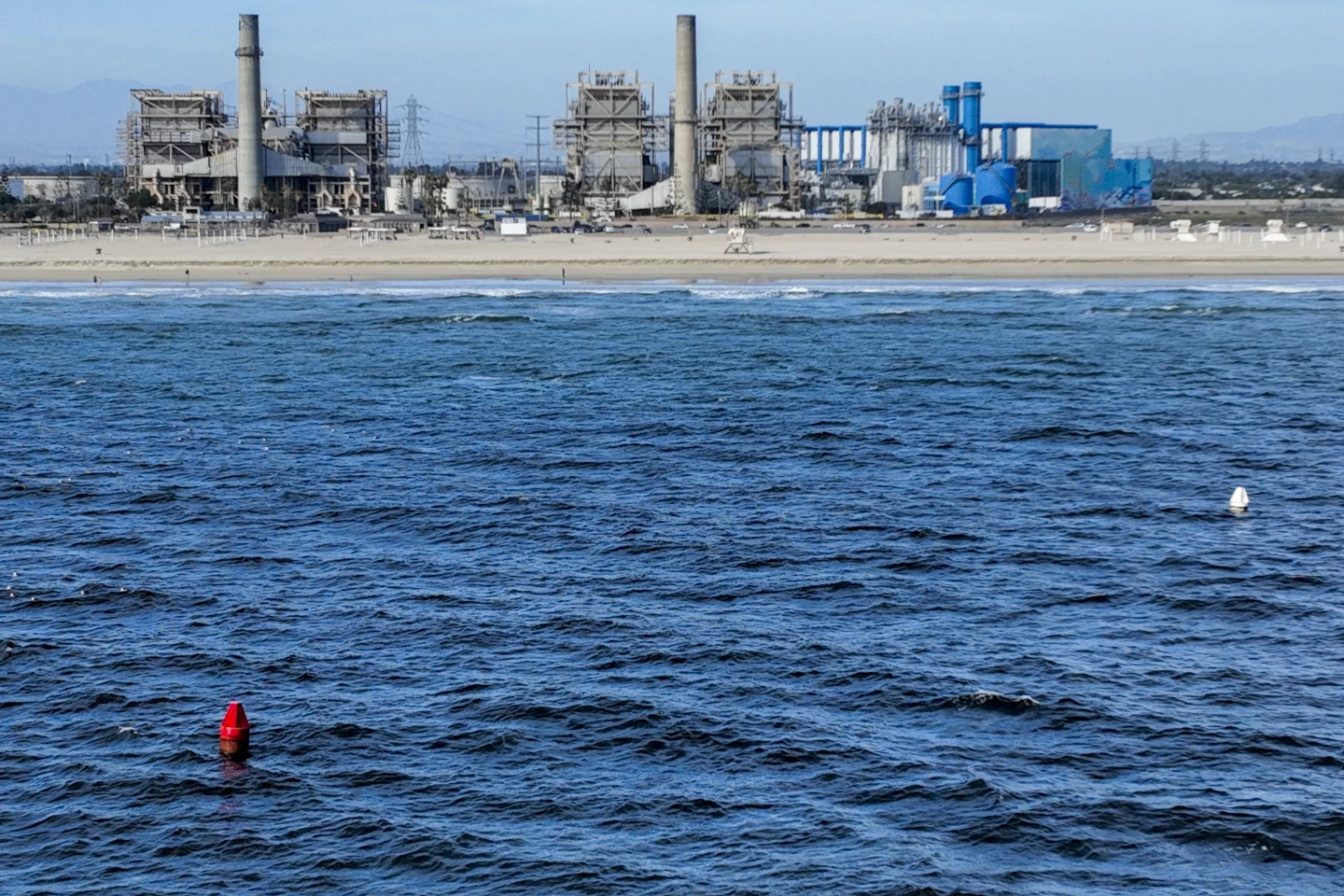
Drought Boon or Boondoggle? Critics Blast Poseidon Desalination Plan as Crucial Vote Looms
April 22, 2022 | news
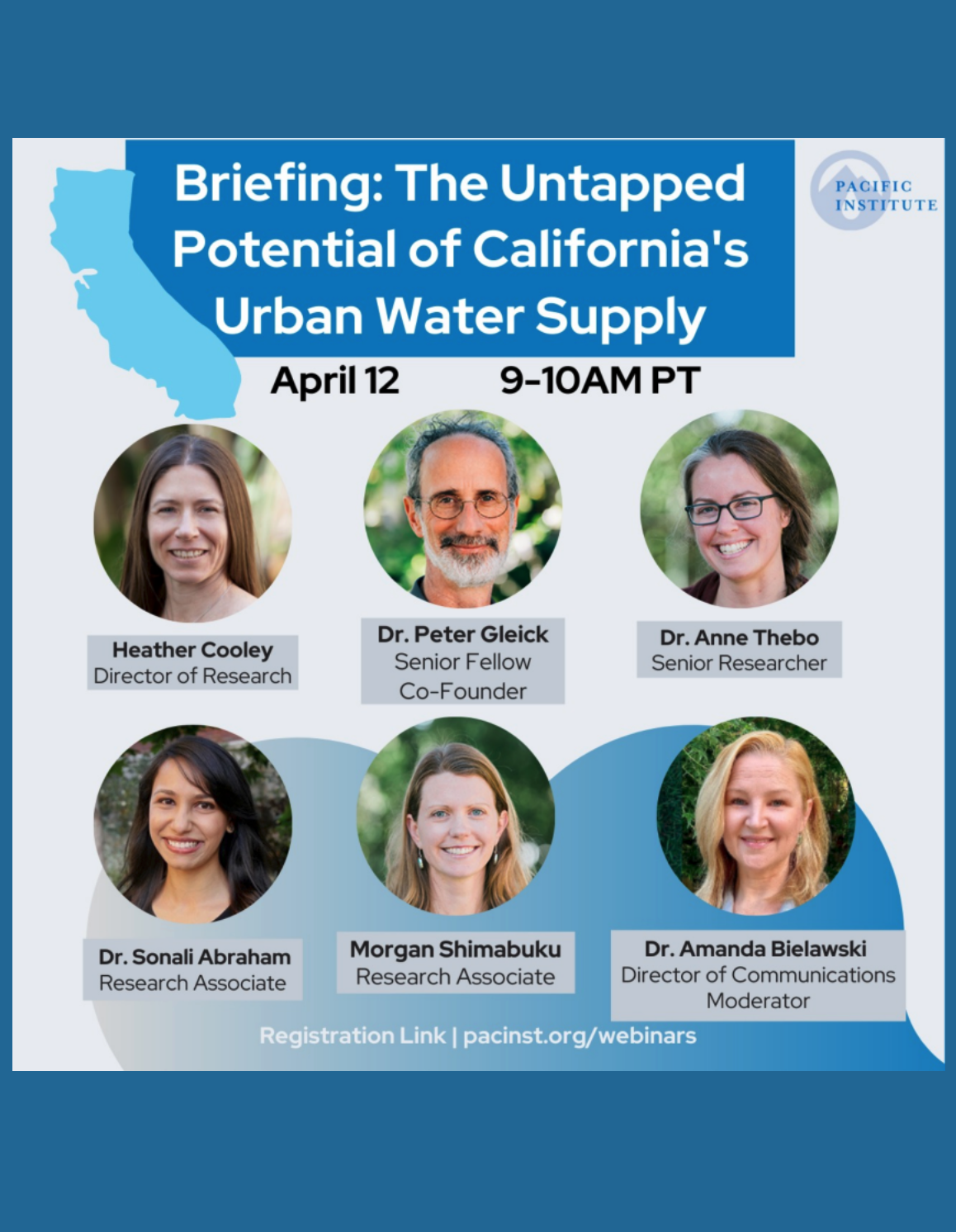
Presentation: The Untapped Potential of California’s Urban Water Supply
April 18, 2022 | publication
In this presentation, Pacific Institute experts provided a deep dive into the untapped potential of California's alternative water supplies: urban water efficiency, water reuse, and stormwater capture...
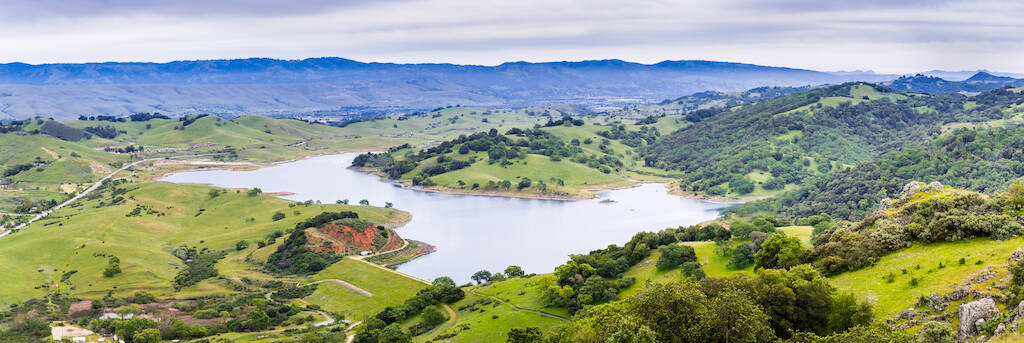
Opinion: The Good News in California’s Growing Water Crisis
April 14, 2022 | news

Study Details How to Reduce Urban Water Use for Potential Drought Relief Throughout CA
April 13, 2022 | news
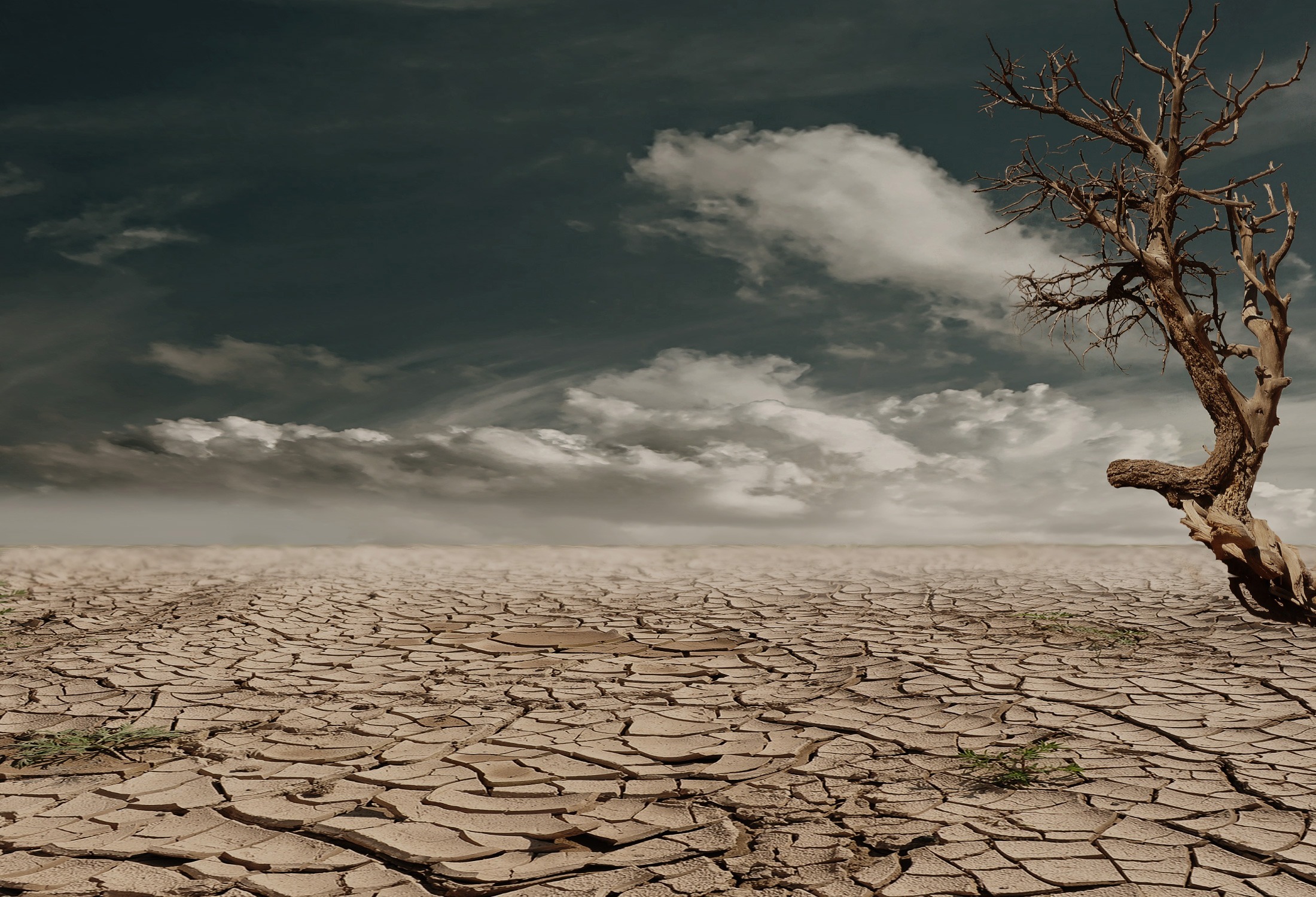
Study Details How to Reduce Urban Water Use for Potential Drought Relief Throughout CA
April 13, 2022 | news
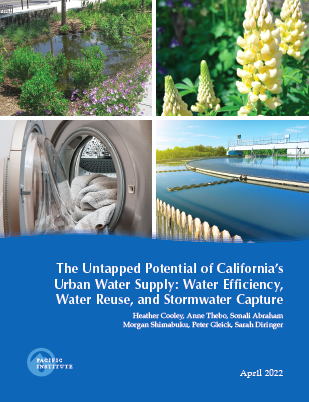
The Untapped Potential of California’s Urban Water Supply: Water Efficiency, Water Reuse, and Stormwater Capture
April 12, 2022 | publication
Persistent challenges and severe drought have shone a spotlight on the vulnerability of California’s water systems. They also offer an opportunity to rethink the state’s water supplies and strategies for the 21st century and beyond.
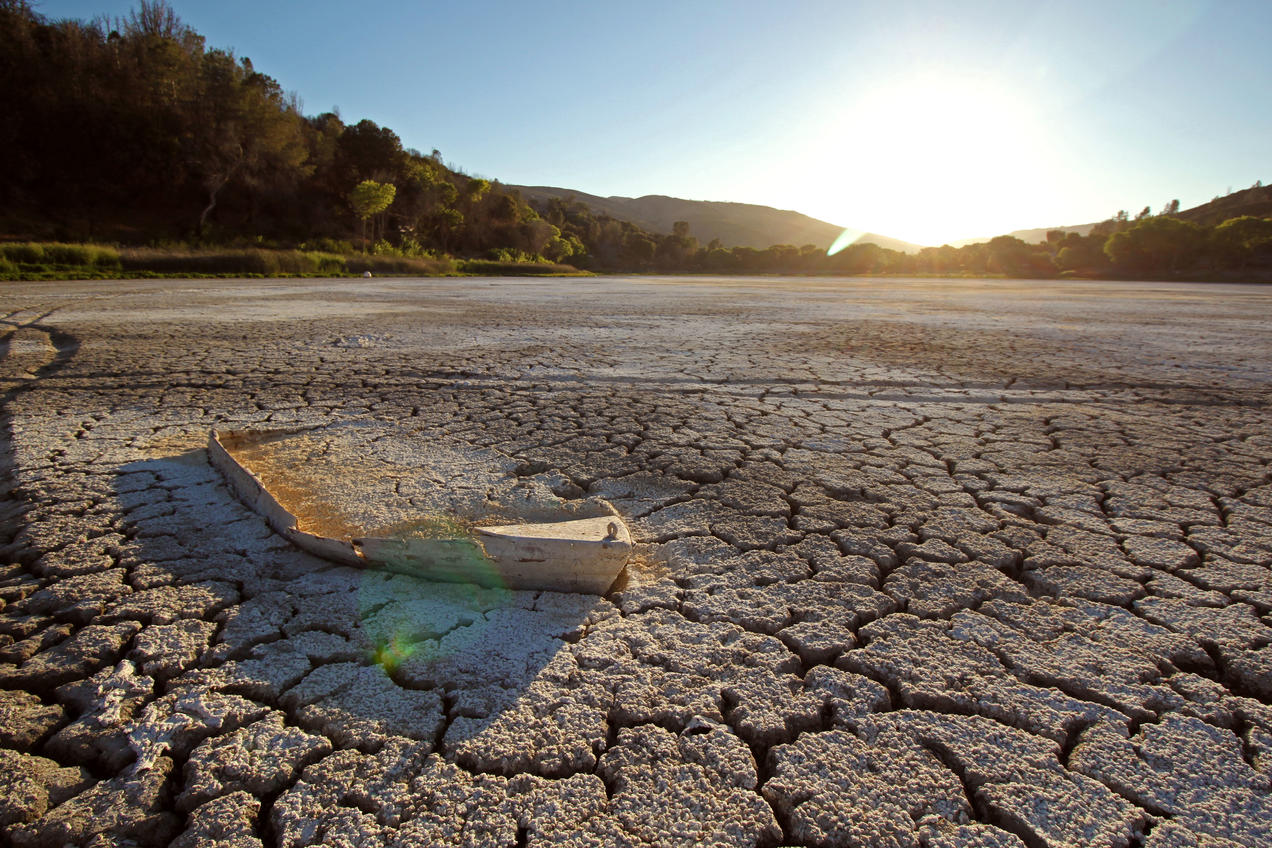
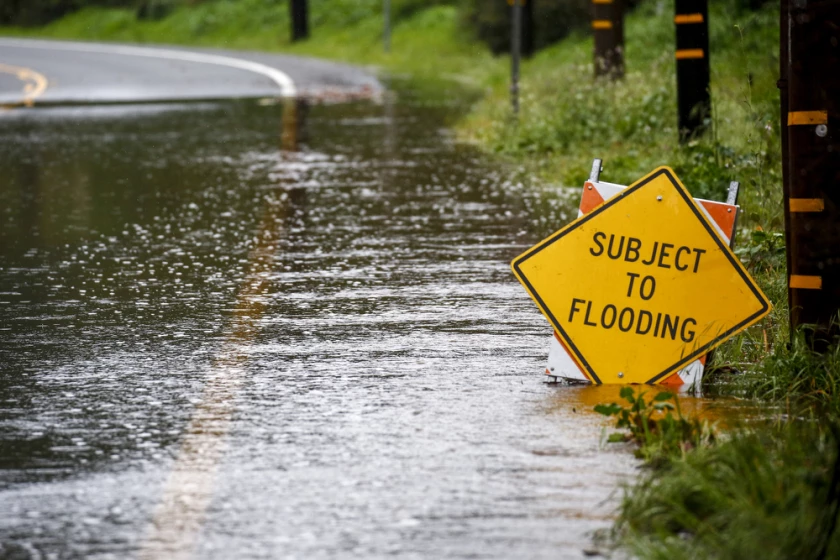
California Could Shrink Water Use in Cities by 30% or More, Study Finds
April 12, 2022 | news
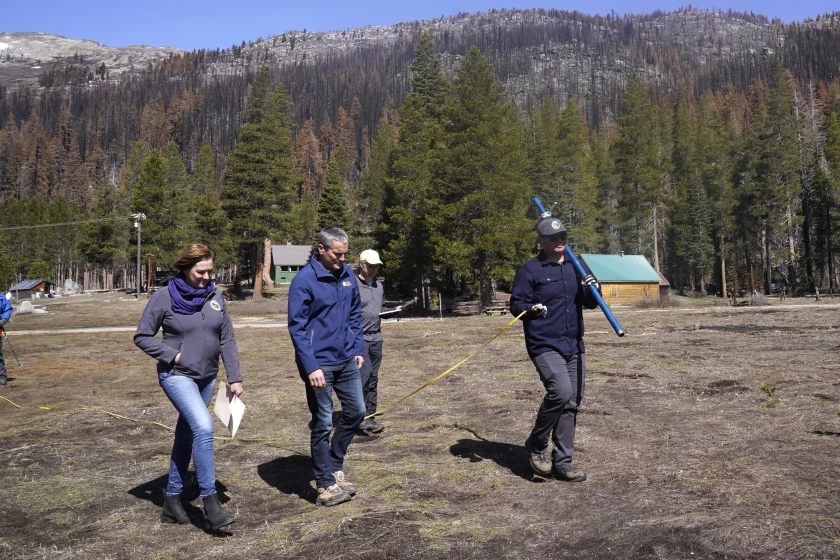
Californians Urged to Save Water as State Faces Dismal Snowpack in Sierra Nevada
April 1, 2022 | news

Californians Urged to Save Water as State Faces Dismal Snowpack in Sierra Nevada
April 1, 2022 | news
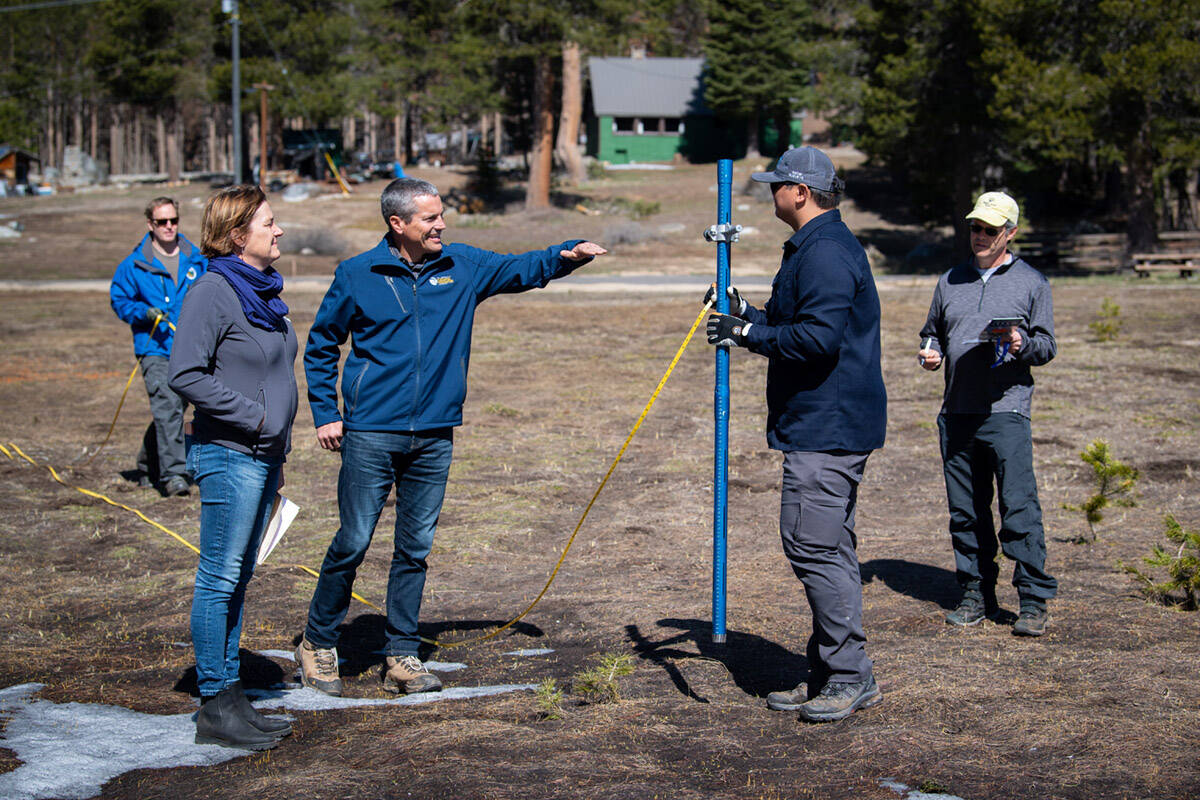
Snowpack Report Signals Bad News for California’s Drought
April 1, 2022 | news
Page 1 of 10


